Assault on Quebec Ends in Disaster
On December 26, 1775, General Richard Montgomery assembled the key officers in his army besieging Quebec City to discuss their next steps. The bombardment of the city had failed to convince British General Guy Carleton to surrender and there were only five days remaining until the enlistments of most of Montgomery’s men expired and they left for home. There was grumbling in the ranks that the retreat should have already started.
Colonel Benedict Arnold argued strongly that an assault on the city must be tried, regardless of the slim chances of it succeeding. They simply could not return to America without one last valiant effort. The other officers, even the most reluctant, agreed to give his plan a go.
Realizing that a frontal attack against the city’s imposing granite walls was practically suicidal, Arnold proposed that the men he led from Fort Western, his “Famine Proof Veterans,” attack the Quebec’s Lower Town along the river from the north. Simultaneously, Montgomery would lead his troops in a supporting attack against the Lower Town from the south.
The plan was to capture the Lower Town with its access to ships on the St. Lawrence and cut it off from the Upper Town where most of the inhabitants lived. The idea was that the inhabitants, cut off from food and supplies brought in by ships, would demand Carleton give up the city. To add the element of surprise to their effort and give the assault a greater chance at success, it was agreed to wait until the next snowstorm to launch the attack.
As luck would have it, the weather turned mild and sunny, and, with each passing day, the men got closer to the end of their enlistments. Finally, on December 31, a squall blew in and a heavy snow began to fall, and Montgomery set things in motion.
Montgomery, a man who believed in leading from the front, had to capture a blockhouse defended by a dozen Canadian militiamen to reach the Lower Town. About fifty feet from the blockhouse, Montgomery ordered his men forward and he raced to the front. Within seconds, Montgomery was cut down by British fire, as were two other key officers by his side.
The command devolved to Colonel Donald Campbell, the unit’s Quartermaster, responsible for supplying men, not leading them. Lacking Montgomery’s zeal, Campbell ordered an immediate about face and sent the entire 300-man force to their encampment, leaving Arnold on his own.
Arnold meanwhile had begun his attack as planned, but almost immediately received a terrible wound in his leg and was unable to continue. Fortunately, Captain Daniel Morgan was with Arnold, and he assumed command. Morgan was confronted by a 12’ wooden palisade, pierced with rifle slots for the defenders. Ever fearless, Morgan mounted a scaling ladder and leaped over the wall into a forest of British bayonets, all pointing at him.
“Invasion of Quebec.” New York Public Library.
Morgan landed on the back of a British cannon and painfully bounced to the ground. He quickly got to his feet and pointed his rifle at the stunned Redcoats. His Virginia rifleman followed and within minutes the Americans had fifty British prisoners. Morgan and his men promptly headed further into the city along Dog Lane, capturing more Canadians as they went.
Suddenly, there was no one else for Morgan’s men to fight. The biggest concern was what to do with the growing number of prisoners in their rear. Morgan ordered his men to wait while he ran further ahead, about two hundred feet down the main street to the final barricade, scouting for more trouble. Incredibly, the Lower Town, and the barricade was deserted and seemed theirs for the taking.
When Morgan returned, he ordered the men forward, but the other officers asked that he wait until Montgomery’s troops joined them, completely unaware Montgomery was dead and his troops in full retreat. Against his better judgement, Morgan paused for about fifteen minutes. The delay would prove costly.
Carleton, now aware of the attack on the Lower Town, ordered men from the Upper Town garrison down the hill on the quick to defend this area. They showed up at the final barricade just as Morgan decided he had waited long enough for Montgomery and renewed his advance. What just a few minutes before could have been taken without opposition, was now defended by 150 British regulars and several cannons. Morgan’s attack ground to a halt.
More Redcoats joined the attack and, with no support coming from the withdrawn second American force and almost out of ammunition, Morgan and his brave men were surrounded and forced to surrender. The attack had been a complete disaster with over 400 the Americans captured and over thirty men killed including General Richard Montgomery, while the British suffered only about fifty casualties.
Next week, we will discuss the American retreat from Canada. Until then, may your motto be “Ducit Amor Patriae,” Love of country leads me.
This article is the sixth in an eight-part series.

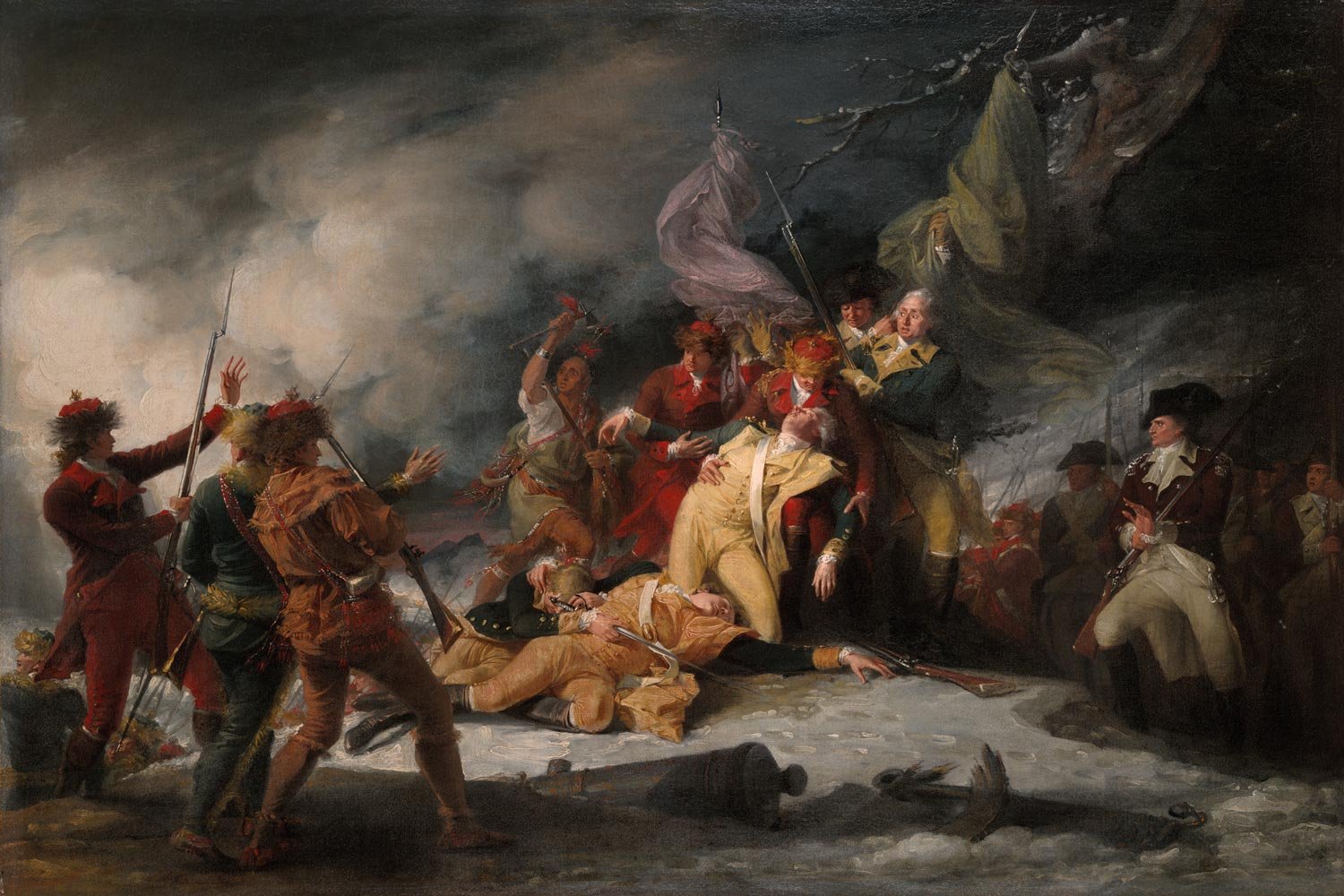

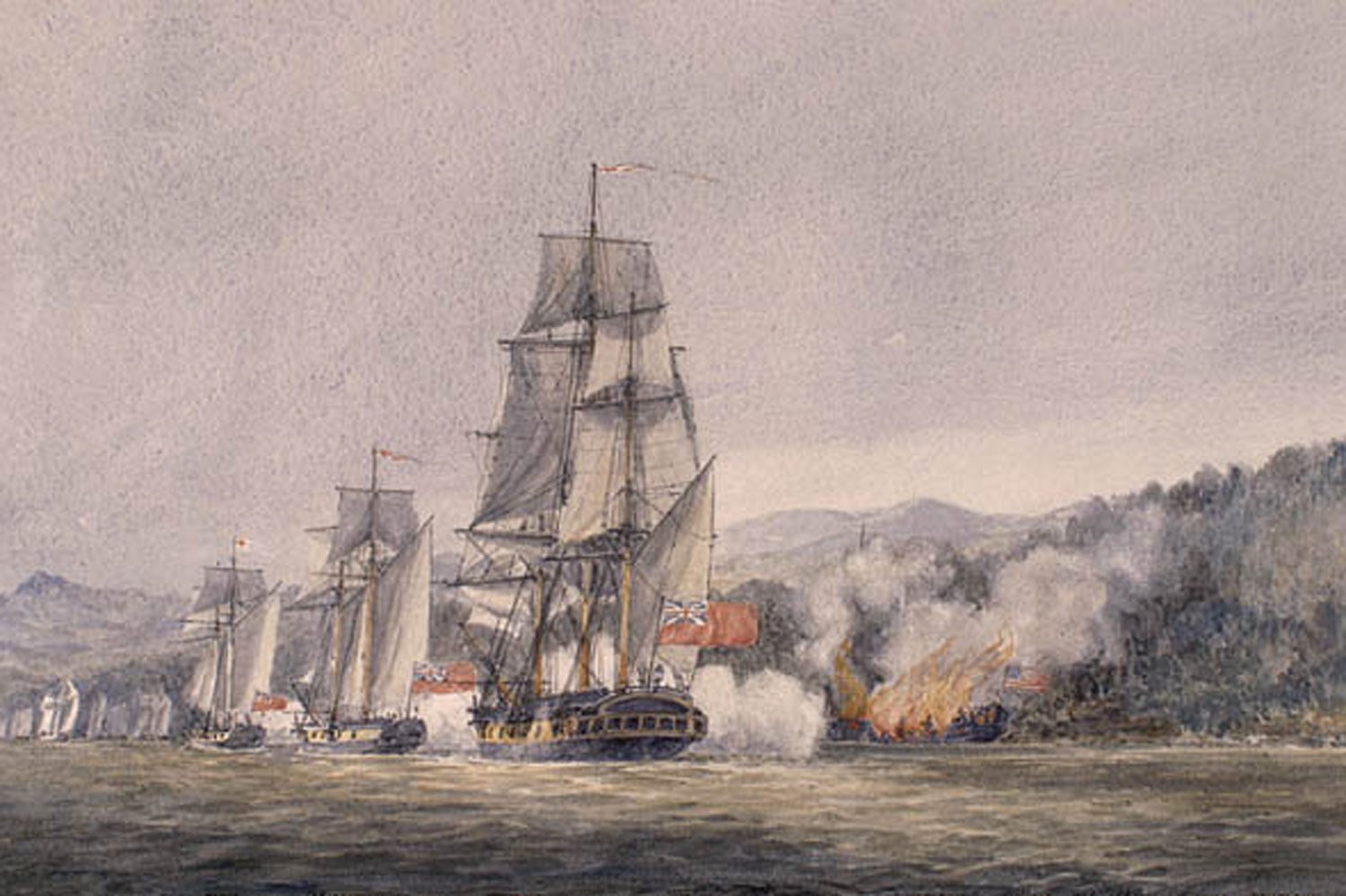
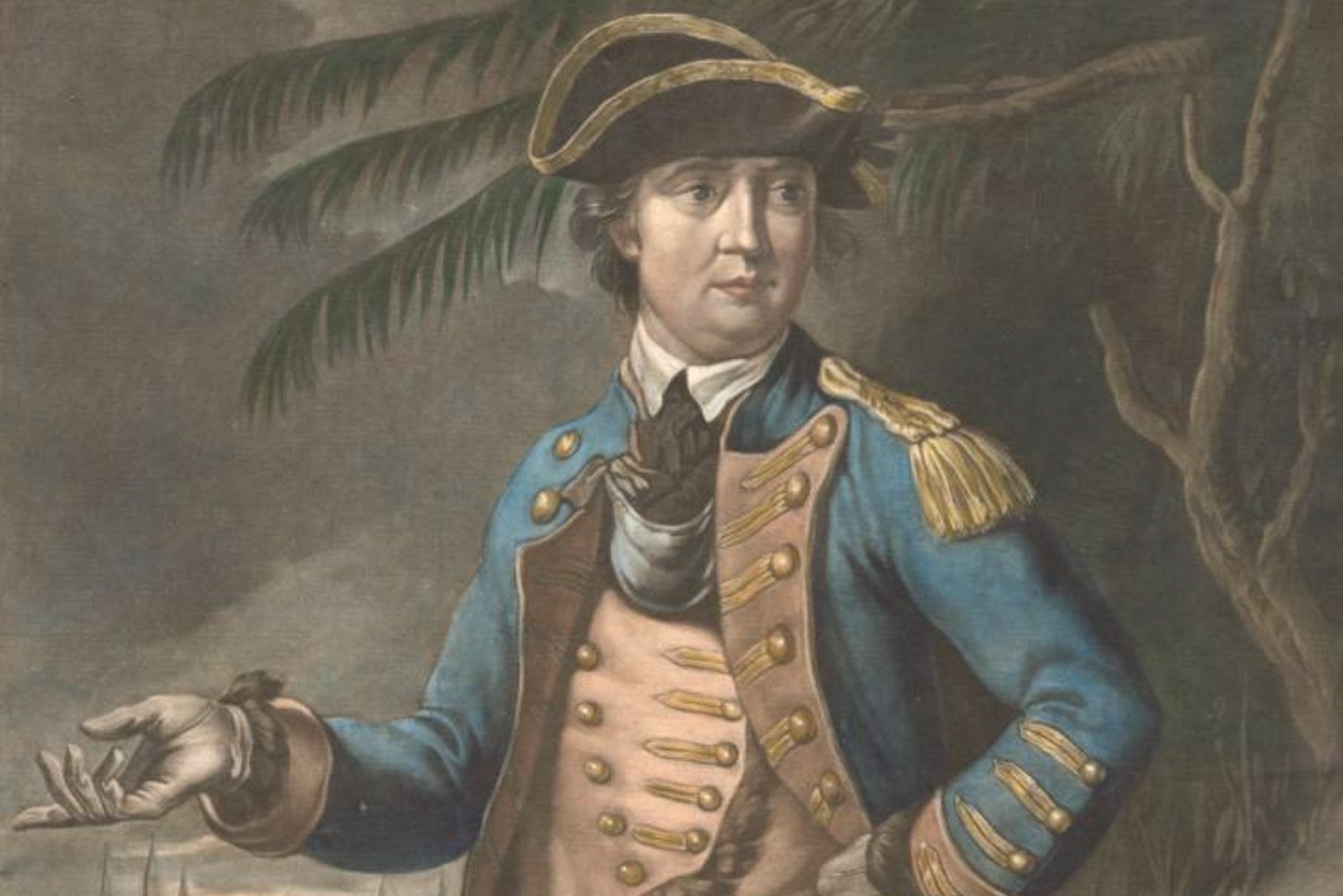
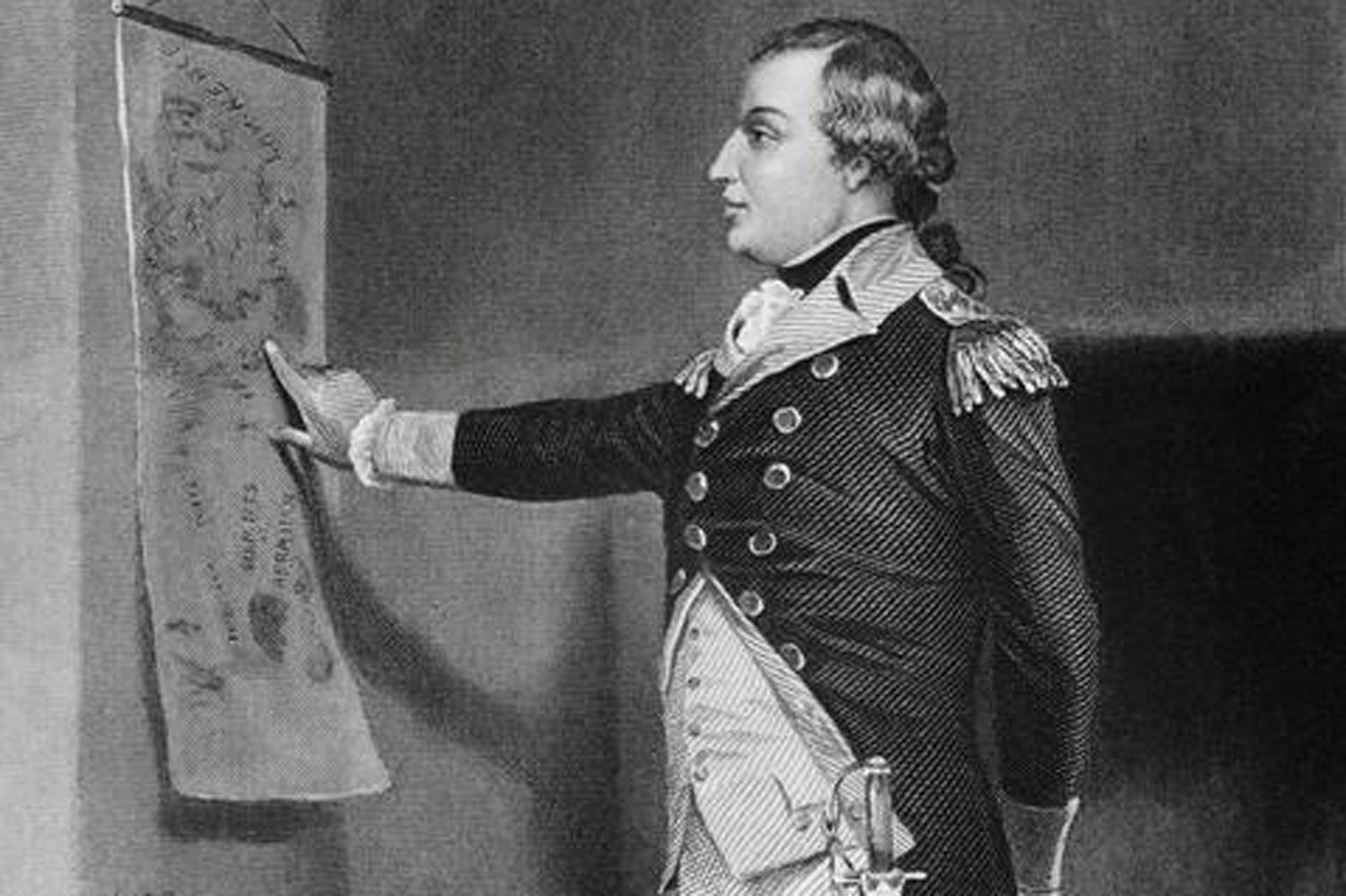


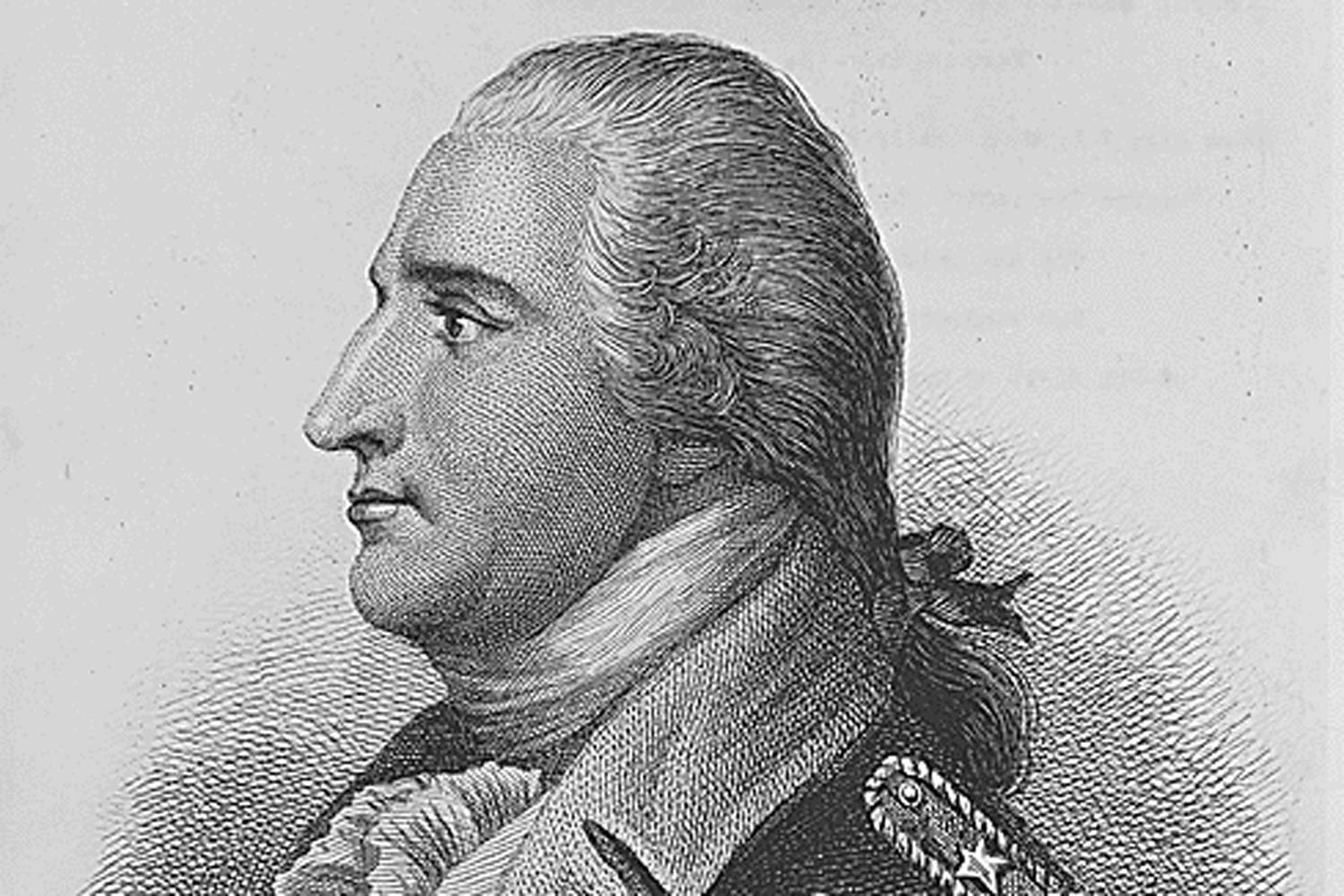
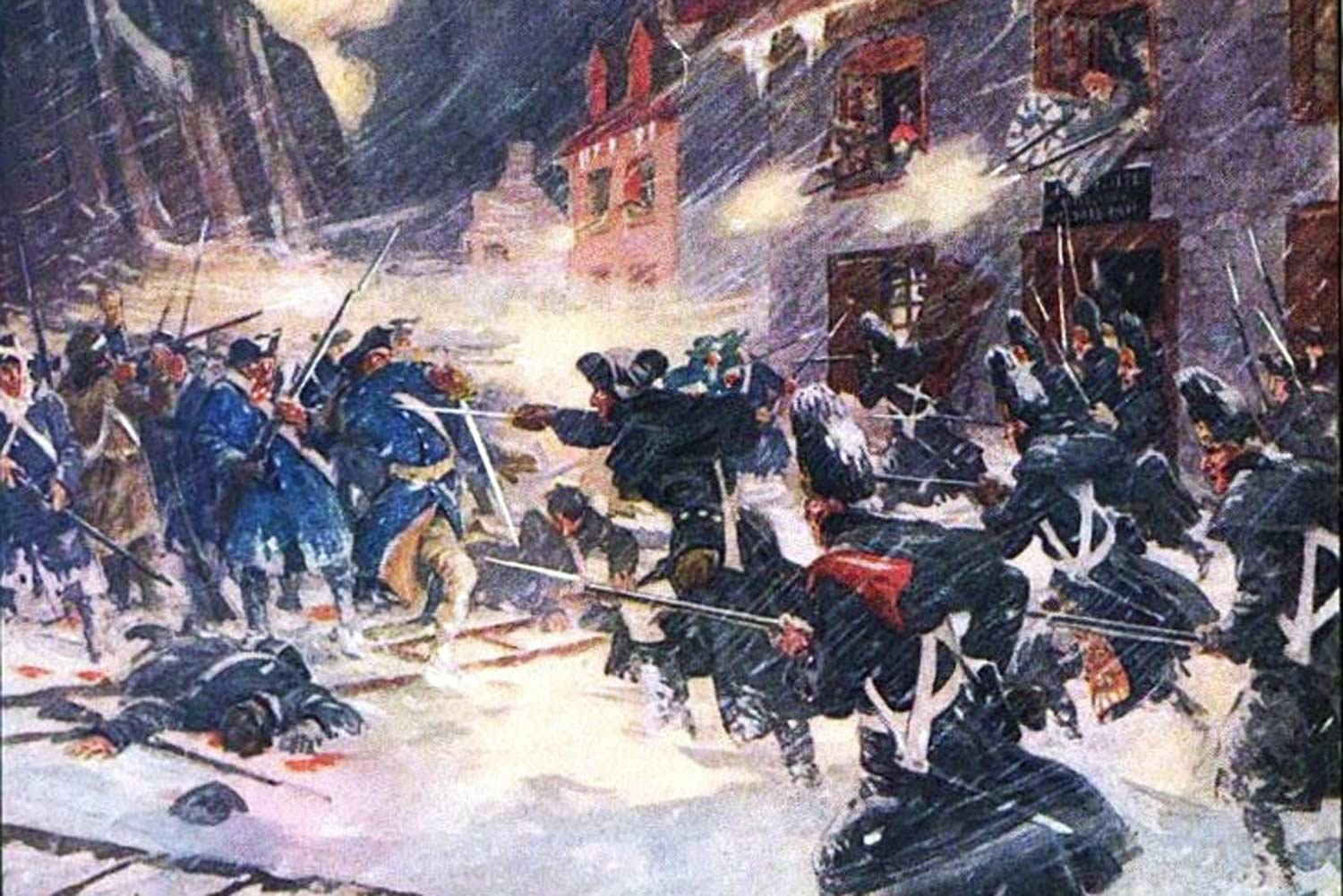
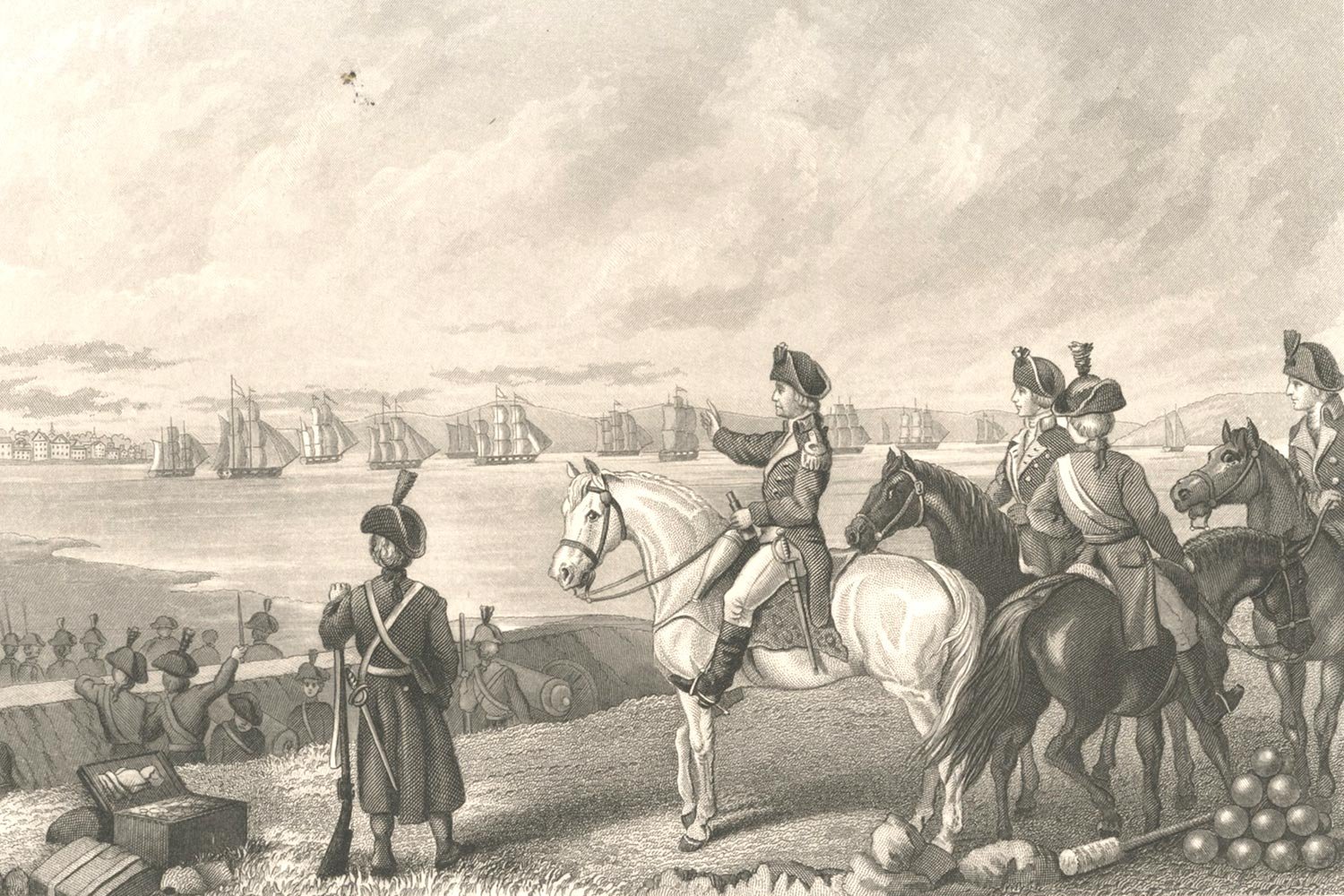
Despite his early successes of capturing Fort Ticonderoga and defeating the American rear guard at both Hubbardton and Fort Anne, Burgoyne now faced the greatest adversary of an army invading a foreign land: a lengthening supply line. As Napoleon remarked, an army marches on its stomach and the British soldiers were no exception.